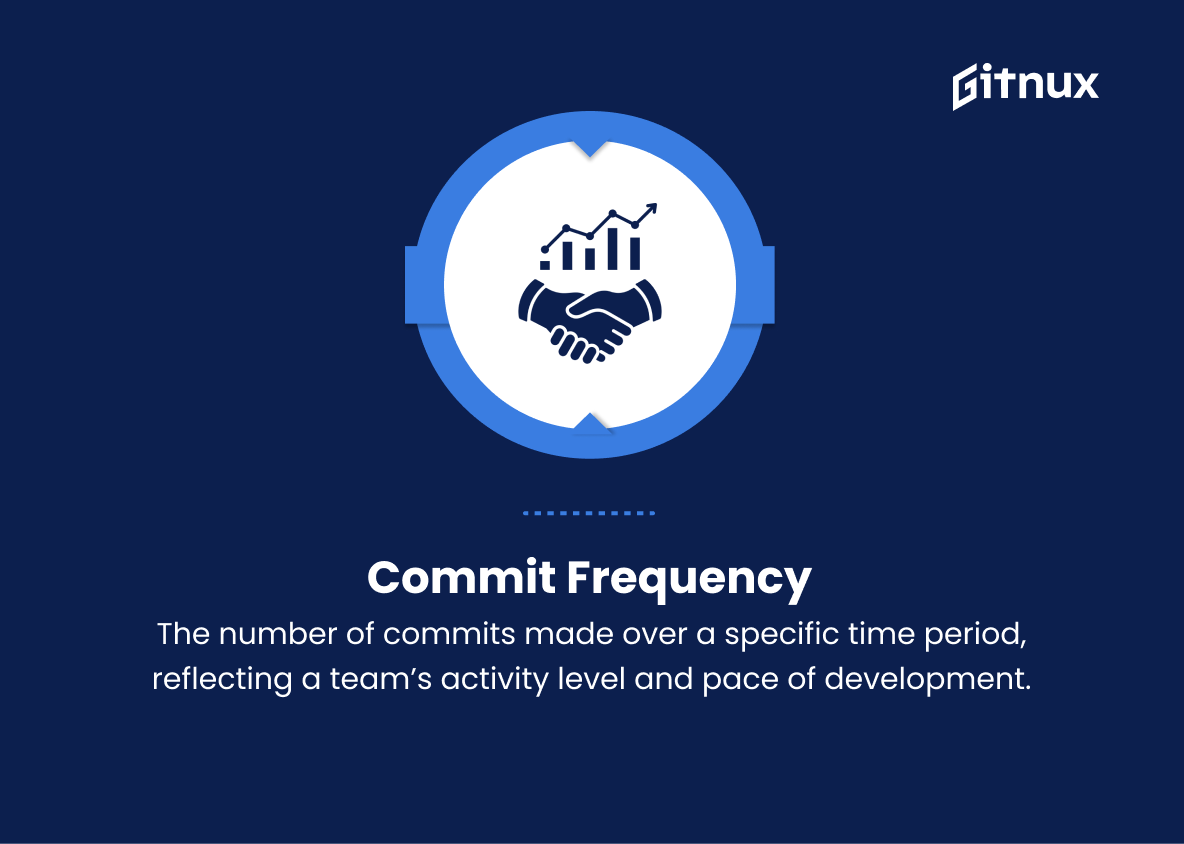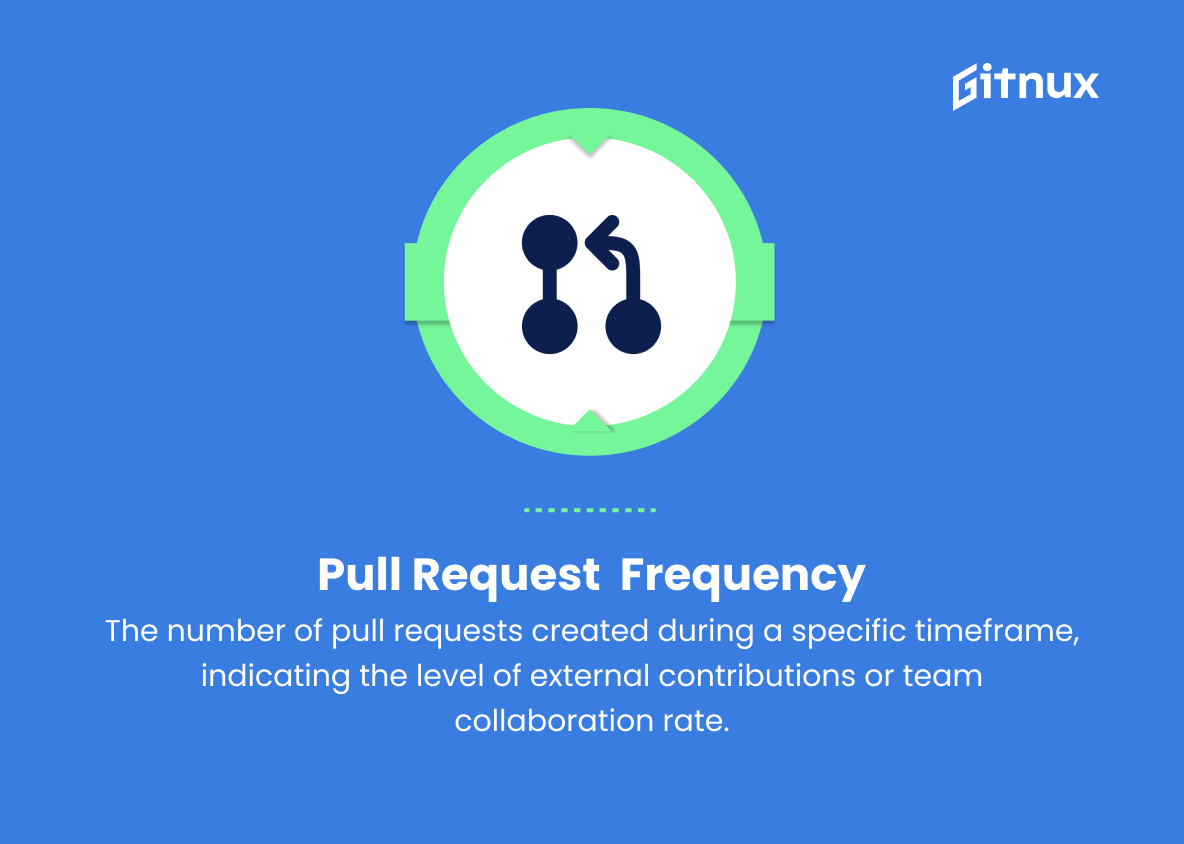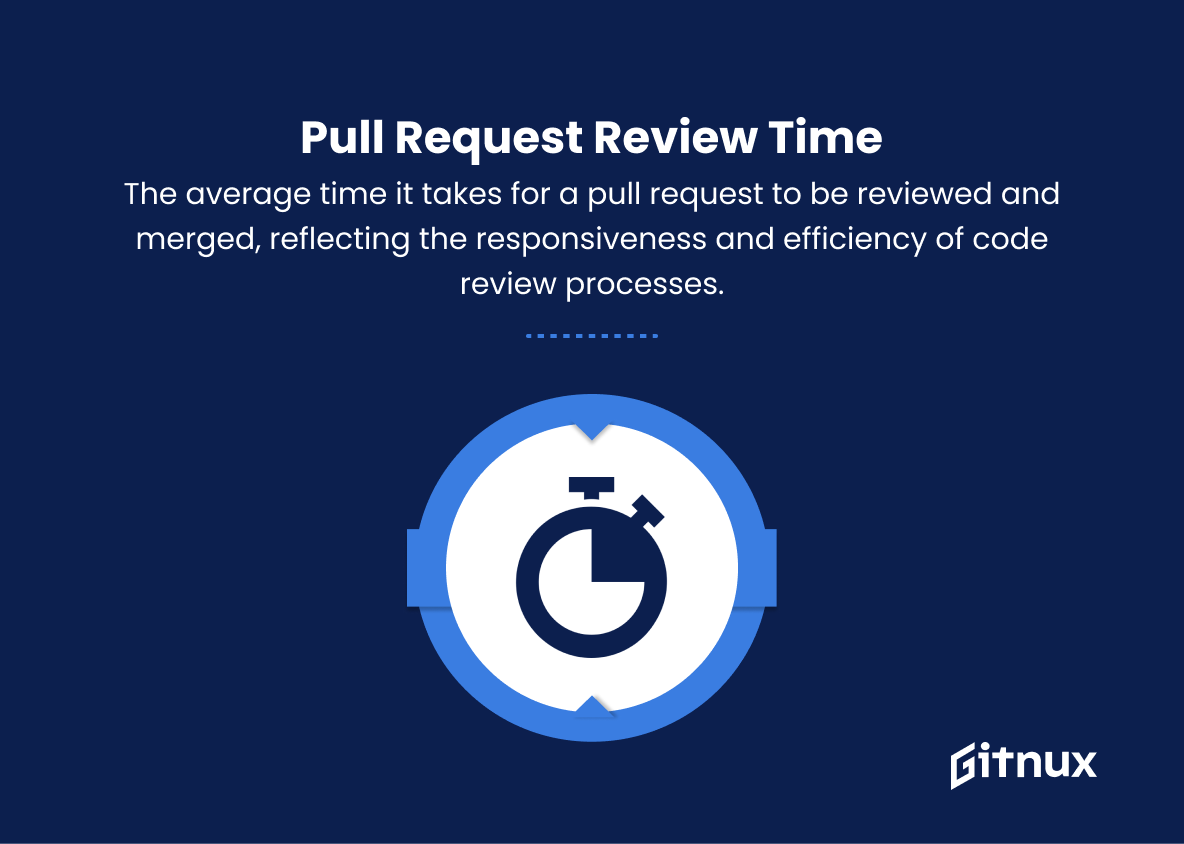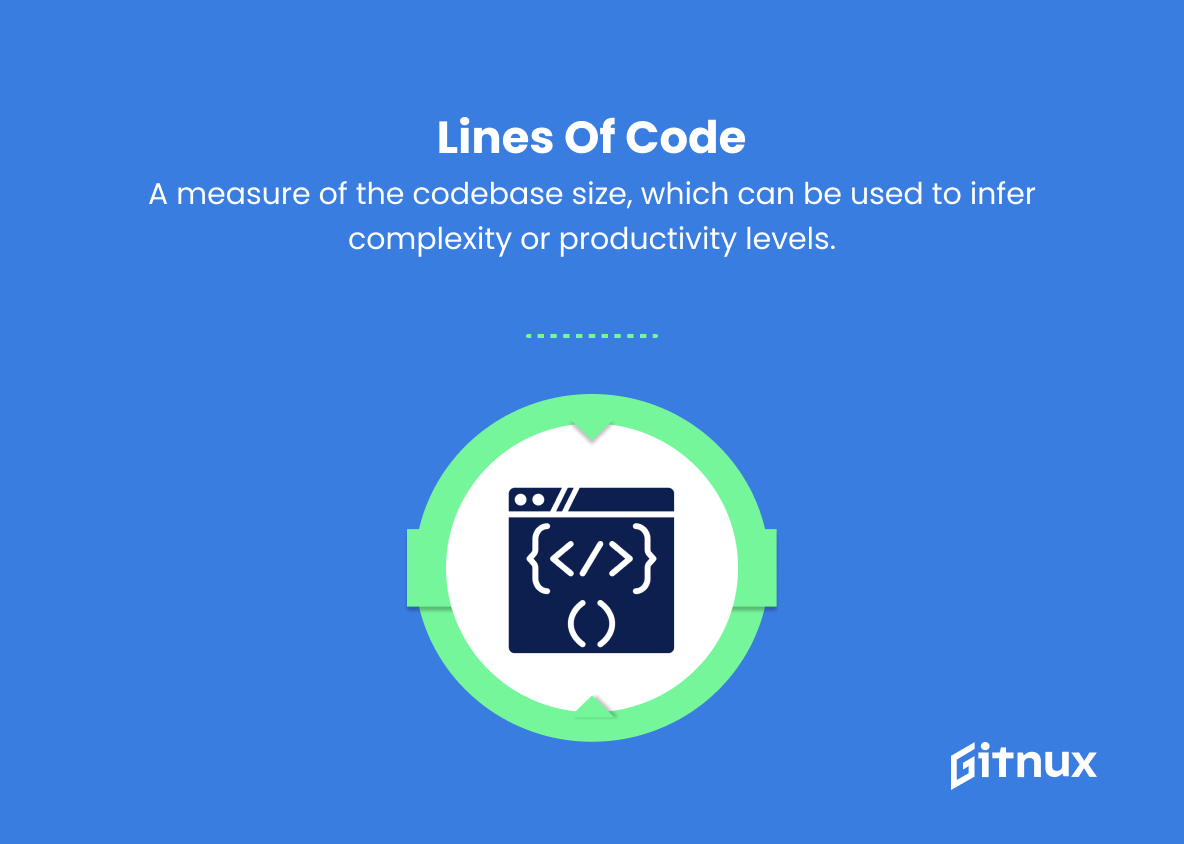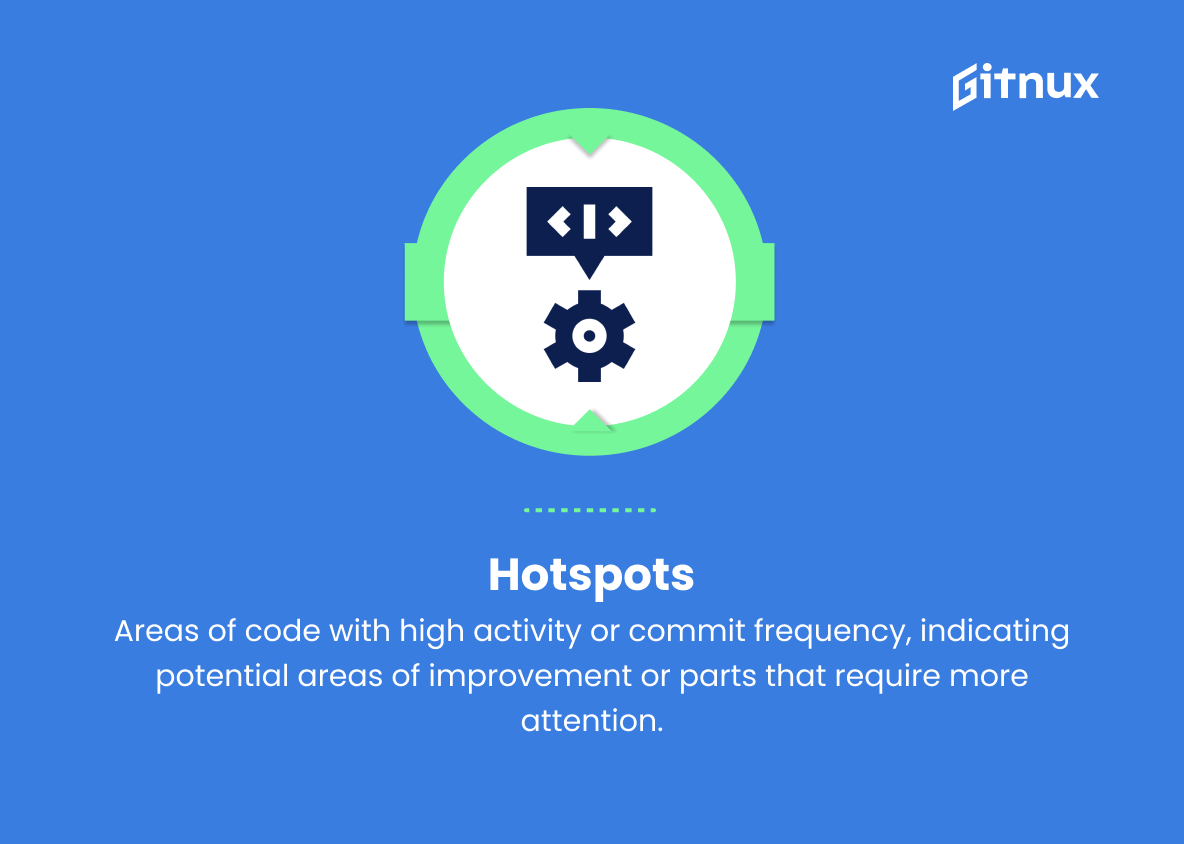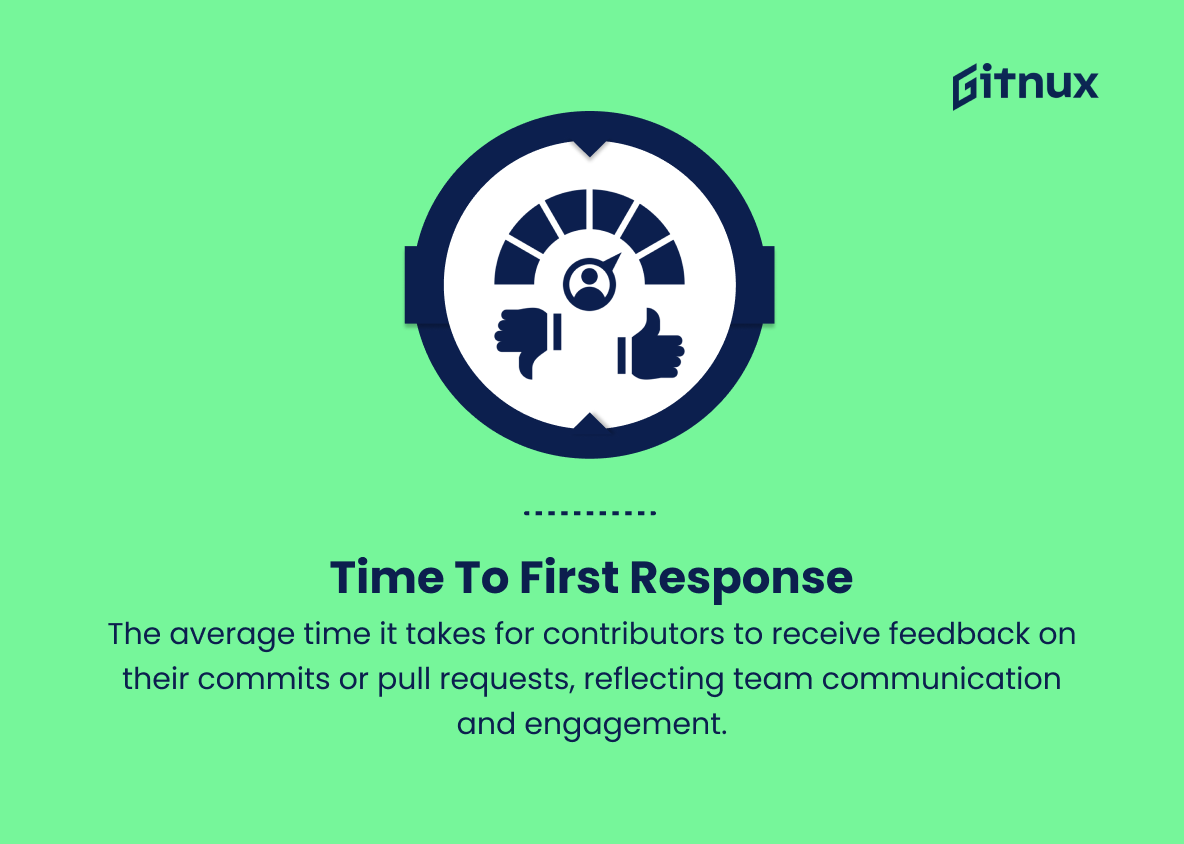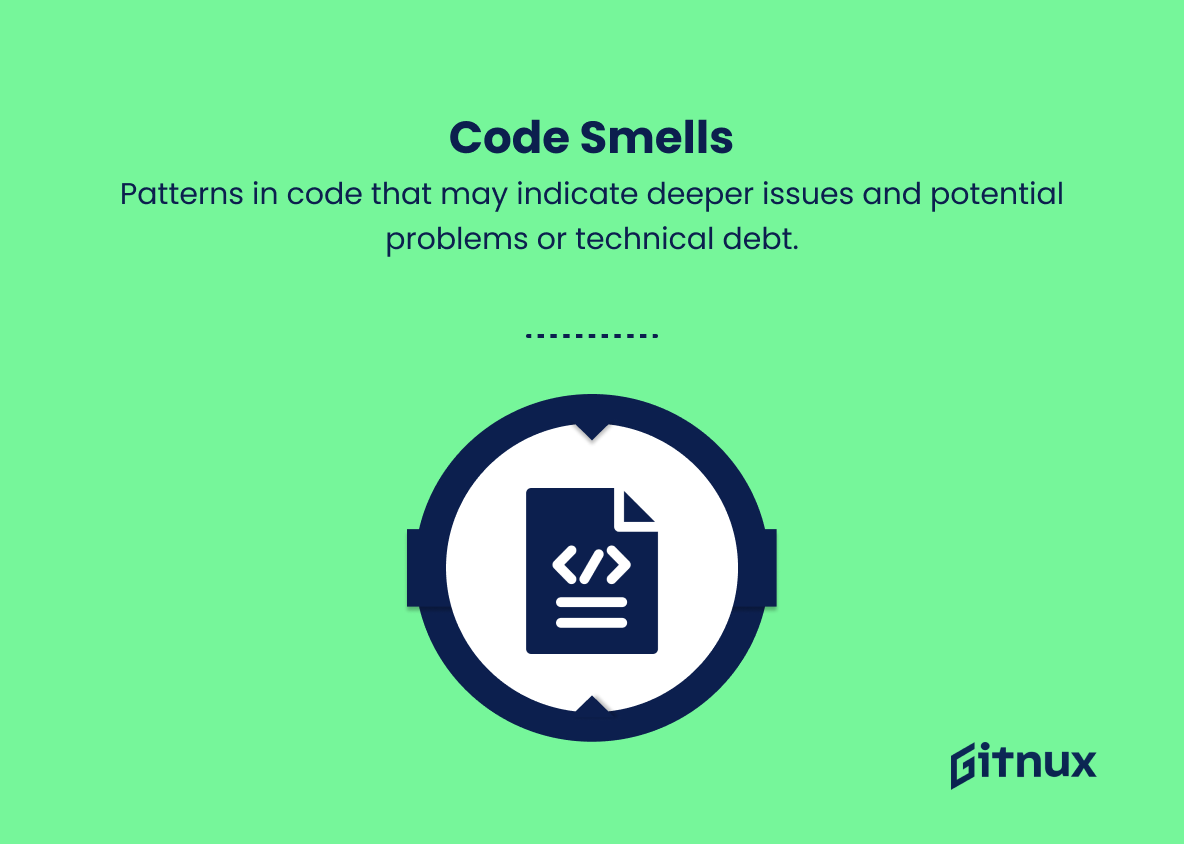In today’s fast-paced and ever-evolving world of software development, staying on top of key performance indicators (KPIs) is essential for every team striving to deliver high-quality products. One of the most powerful tools at our disposal is Git, a versatile distributed version control system. With its widespread adoption and comprehensive data tracking abilities, Git has transformed the way we measure, monitor, and optimize our software development processes.
In this insightful blog post, we will dive deep into the world of Git Metrics, comprehensively exploring the various aspects of these essential KPIs, their significance in modern development ecosystems, and their impact on fostering high-performing teams and successful projects. So, let’s embark on this analytical journey and unleash the full potential of Git Metrics for a more efficient, effective, and data-driven software development culture.
Git Metrics You Should Know
1. Commit Frequency
The number of commits made over a specific time period, reflecting a team’s activity level and pace of development.
2. Code Churn
The number of lines added, modified, and deleted in a given time frame. High code churn can indicate instability, frequent refactoring, or lack of proper planning.
3. Pull Request (PR) Frequency
The number of pull requests created during a specific timeframe, indicating the level of external contributions or team collaboration rate.
4. Pull Request Review Time
The average time it takes for a pull request to be reviewed and merged, reflecting the responsiveness and efficiency of code review processes.
5. Issue Resolution Time
Time taken to resolve reported issues, indicating the team’s ability to address bugs and feature requests and maintain a proper backlog.
6. Lines of Code (LOC)
A measure of the codebase size, which can be used to infer complexity or productivity levels.
7. File complexity
A measure of individual files in terms of LOC, logic complexity, or cyclic dependencies, revealing the maintainability and potential areas for refactoring.
8. Code Coverage
The percentage of the codebase covered by automated tests, indicating the level of reliability and confidence in the code.
9. Hotspots
Areas of code with high activity or commit frequency, indicating potential areas of improvement or parts that require more attention.
10. Contributor Velocity
The rate at which individual contributors create commits or pull requests, showcasing individual performance.
11. Time to First Response
The average time it takes for contributors to receive feedback on their commits or pull requests, reflecting team communication and engagement.
12. Branch Lifespan
The duration between a branch’s creation and its merging or deletion, indicating the team’s methodology and workflow.
13. Code Duplication
The percentage of repetitive code in the codebase, which is a potential area for optimization and refactoring.
14. Code Smells
Patterns in code that may indicate deeper issues and potential problems or technical debt.
Git Metrics Explained
Git Metrics play a crucial role in assessing and improving software development processes, making them essential for project management and team productivity. Commit Frequency serves as a proxy for the activity level and pace of development, while Code Churn highlights potential instability, refactoring needs, or planning deficiencies. Pull Request Frequency tracks external contributions or collaboration rates, and Pull Request Review Time discerns code review responsiveness and efficiency. Issue Resolution Time showcases a team’s ability to address bugs and feature requests, maintaining a healthy backlog.
Lines of Code (LOC) hint at complexity and productivity levels, and File complexity unveils the maintainability status and refactoring opportunities. Code Coverage measures the reliability and confidence in code, drawing insights from automated tests. Hotspots reveal high-activity code areas which may need improvement, while Contributor Velocity demonstrates individual performance levels. Time to First Response reflects team communication and engagement, and Branch Lifespan indicates workflow efficiencies and team methodologies.
Finally, Code Duplication and Code Smells identify optimization opportunities, potential issues, and technical debt, thereby enabling project managers and developers to effectively address concerns and enhance software development outcomes.
Conclusion
In conclusion, Git Metrics is an invaluable tool for developers and project managers alike, offering deep insights into their code repositories and enabling them to make data-driven decisions. By tracking various critical parameters such as commit frequency, code changes, and contributor performance, Git Metrics helps streamline the development process, foster collaboration, and ultimately contribute to the overall success of a project.
By continuously analyzing and understanding Git Metrics, teams can focus on improving productivity, code quality, and resource allocation while delivering the best possible outcomes for their organization. So, as you embark on your next coding project, be sure to leverage the power of Git Metrics to drive your team towards success.

